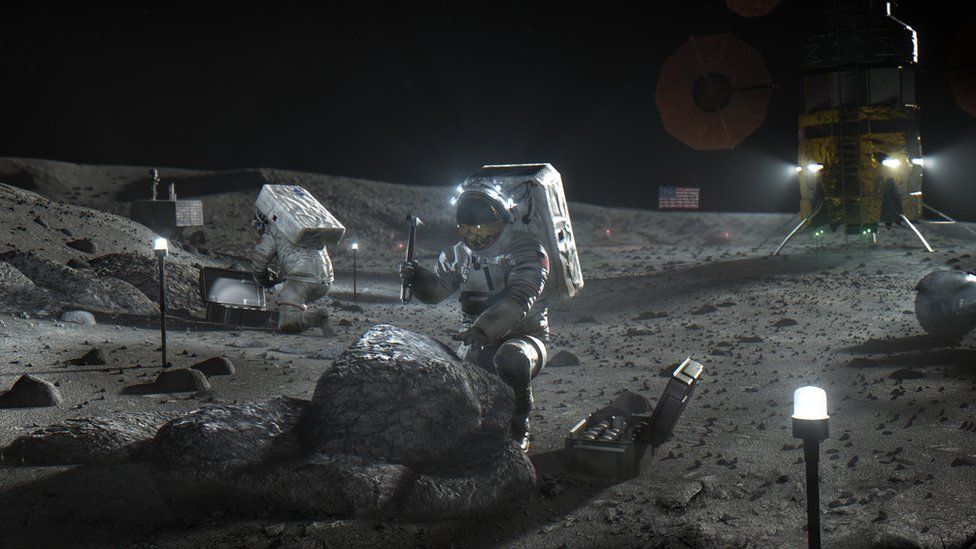From the 2025 Seattle World Science Fiction Convention (aka WorldCon) “Pocket Program”, I found Galactic Settlement by Hitchhiking Among Passing Star Systems “Ditch the faster-than-light travel, cryosleep, or generation ships! Every few hundred millennia, a star passes so close to Sol that comets from the visitor’s Oort cloud fly through our solar system. In those intervals, travel between solar systems is easier. Thus, we—or aliens—can settle the galaxy in spurts: hop to a new system when it’s close; settle and grow in the new system; and when that system passes other stars, seek new footholds. This hitchhiking spans the galaxy in under a billion years. We’ll discuss technical, biological, cultural, and ethical factors that arise in such a future.” [Brian Tillotson: Fundamental Physics & Advanced Space Settlement. Physicist whose career spans 40 years of developing advanced concepts for space and aviation. In that time, he’s used dirt as rocket propellant, levitated water with a magnet, and deflected shock waves with a birthday balloon. He has over 30 technical publications and over 100 U.S. patents (plus one fiction piece and a poem).
Such a civilization would have to be extraordinarily stable…for Humanity it wouldn’t work AT ALL. The entire of our current Human civilization is approximate 300,000 yrs from nondescript primates to 6000 years of recognizably ‘civilized’ Homo sapiens. We wouldn’t have had the chance to leave YET… “every few HUNDRED millennia”…
This of course, is the broad, panoramic image of an advanced civilization hopping and skipping through galaxies, colonizing them as they go, spreading their seed.
I see two challenges here: first is that WE are the result of one of those colonization efforts, and when we eventually leave the Solar System to colonize new worlds…or should I say, “strange new worlds”, as giving STAR TREK a nod as a legitimate result of the expansion of galactic settlement. Humans, Klingons, Andorians, Tellarites, Cardassians…the whole pantheon of “strange new civilizations” are a realistic result of the expansion of the borders of a sort of “progenitor” intelligence. The show even touched on that possibility in the Next Generation episode “The Chase” (Season 6, Episode 20).
The other possibility seems more likely: it’s pretty much wishful thinking and vain hope that Humanity will survive long enough to spread beyond our tiny planet and its atmosphere. Even the ISS is technically still in Earth’s atmosphere: “…402 kilometers above the surface, the ISS is still within Earth's atmosphere, albeit in a very thin part of the atmosphere called the thermosphere. The thermosphere has a very low density, meaning that atmospheric molecules are scarce…”
But what MIGHT a civilization have to be like to “colonize a galaxy”?
First, of course, they would need to have extraordinarily long live – measured in MILLIONS of years. Their rate of reproduction would have to be very slow. Even Earth’s Greenland shark wouldn’t be a great candidate: “This species is the slowest on Earth to reproduce, taking approximately 150 years to reach sexual maturity and begin breeding.” While a typical shark who would have been ready to make babies just this year would have been born in 1875. A blip in the life of a galaxy…
But lets just give it a shot…say a Human civilization took 6000 years to mature, then advance far enough in it technology to see an INTERGALACTIC flight as being reasonable – let’s be generous and give us a 1000 years. So, sometime in the 31st Century, we could be ready to go. (Given the PAST 1000 years, I’m not sure that’s a realistic assessment of Human capabilities, but let’s keep going with it.)
1000 years ago, you and I would be recognizably Human-normal looking, so no problems there. We’d probably be more-or-less like ourselves. “In the last 1,000 years, humans have seen several evolutionary changes: smaller teeth and mouths, lactase persistence to digest milk into adulthood, adaptations for living at high altitudes or in response to diseases like malaria, increase in average height and the loss of wisdom teeth.”
We’d pretty much look the way we looked today if we were able to set off on an intergalactic colonization tour. But what kind of changes would have to happen between 2025 and that remote future where we could send SHIPS into space to settle an colonize the GALAXY; becoming a sort of Homo sapiens galacticus. THIS
Inspiration: POCKET PROGRAM https://seattlein2025.org/files/SeattleWorldcon2025PocketProgram.pdf; https://en.wikipedia.org/wiki/International_Space_Station ; https://www.space.com/space-exploration/international-space-station/space-mysteries-how-does-the-iss-stay-in-orbit-without-falling-to-earth ; https://en.wikipedia.org/wiki/Recent_human_evolution#:~:text=Human%20traits%20that%20emerged%20recently,8%20Further%20reading
Image: Personal file. Credit: ©Caleb Wilson, October 12, 2025, all rights reserved



.jpg/220px-Stranger_Than_Fiction_(2006_movie_poster).jpg)
.jpg/220px-Falcon_9_Demo-2_Launching_6_(3).jpg)








